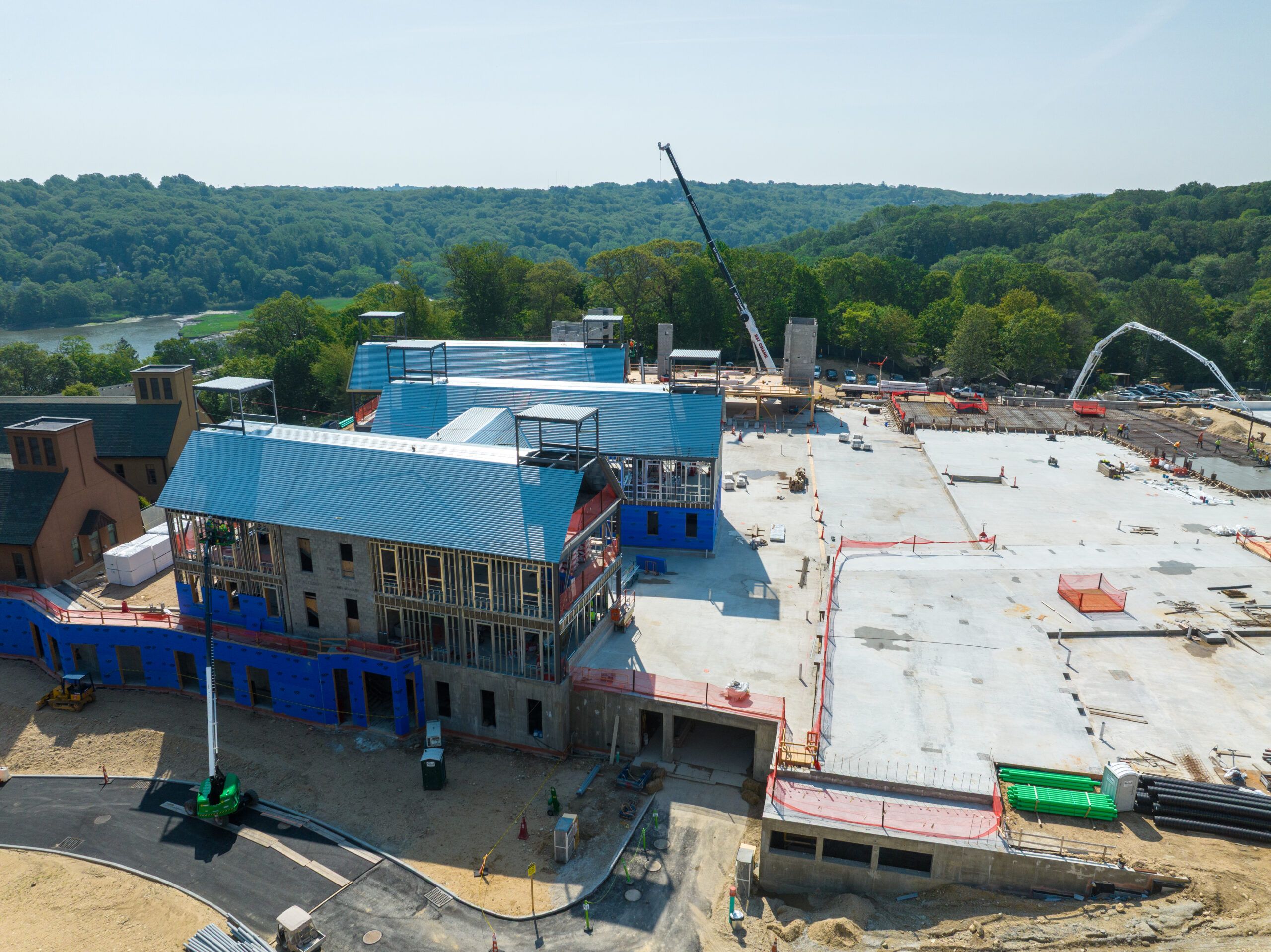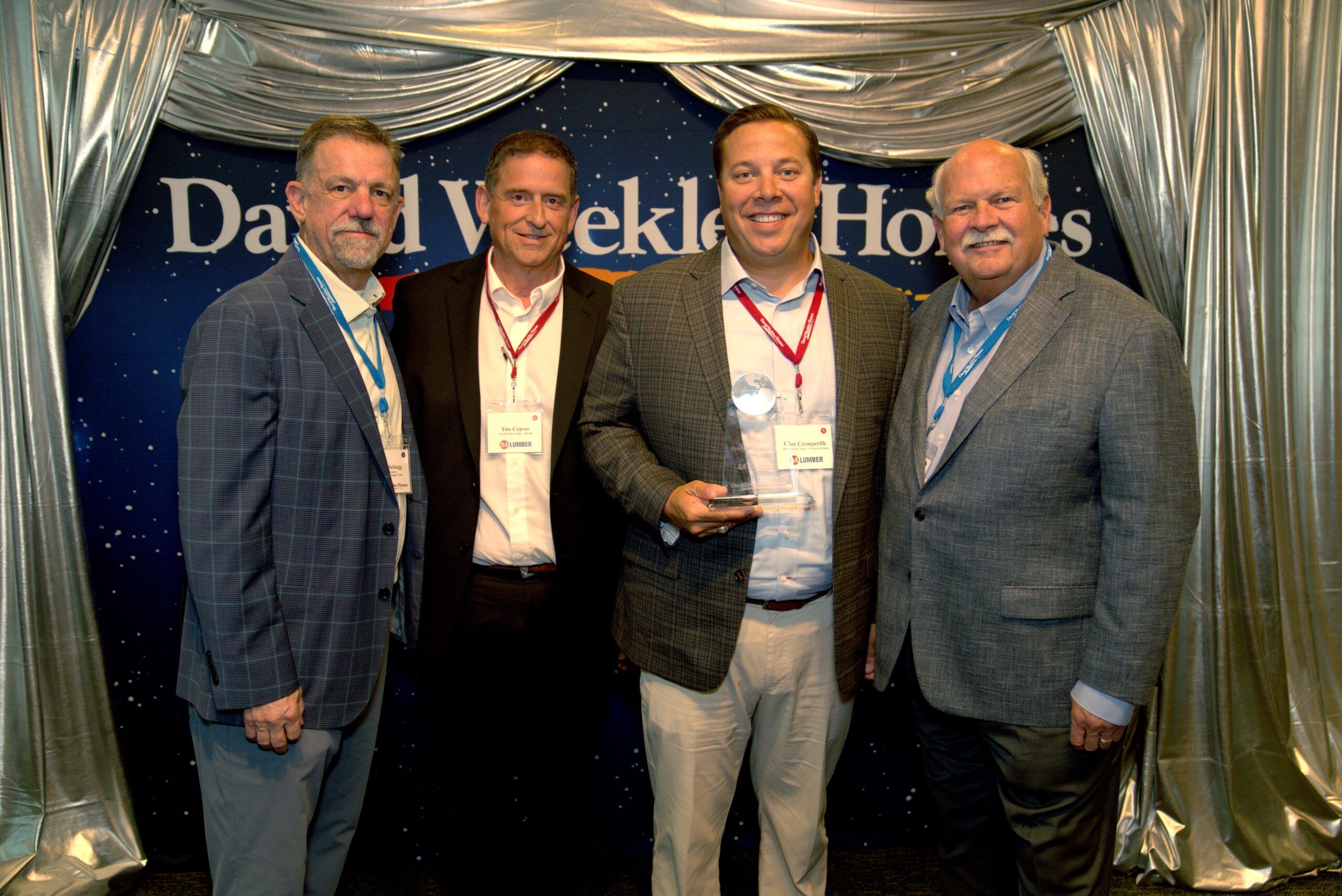Falls are among the construction industry’s leading causes of injuries and fatalities. Construction workers face these risks every day when working on ladders, scaffolding, or unprotected edges. Fortunately, these accidents are preventable with the right strategies, training, and tools.
Preventing falls involves implementing proper fall protection systems and creating a safety culture at your construction sites. It also involves understanding common fall hazards and taking proactive measures to address them. Read on to discover these techniques.
1. Conduct Frequent Safety Training for Workers
Frequent training sessions help construction workers stay updated on safety protocols, proper use of equipment, and fall protection systems. These training sessions also reinforce the importance of situational awareness and adherence to strict safety guidelines at the worksite.
Employers can address emerging risks by periodically conducting training and helping workers adapt to changing construction site conditions. Hands-on demonstrations and real-life scenario discussions can bolster understanding, reducing the likelihood of falls and preventing worksite injuries.
2. Maintain a Clean and Orderly Construction Site
Construction sites cluttered with tools, materials, and debris create higher risks of trips and slips, which may lead to dangerous falls. This is one reason why falls are among the most common worksite accidents. These risks can be significant, especially if you’re working at heights.
Maintaining a clean worksite will reduce these hazards. Securing loose materials, organizing workways, and cleaning up spills are usually simple but effective techniques. Properly storing equipment when not in use and inspecting the conditions reduce these risks and improve worker safety.
3. Work With Qualified Professionals
By working with qualified professionals, you’ll significantly minimize the risks of falls at your construction site. These professionals may include safety consultants, engineers, and certified trainers. They help to identify fall hazards and implement the needed solutions.
In addition to them, hire licensed construction personnel such as crane operators and scaffold builders. Since they are usually aware of the safety standards and know how to use the construction equipment properly, there are lower fall risks.
4. Conduct Regular Risk Assessments
Risk assessments involve identifying potential fall hazards, determining their severity, and implementing solutions. By simply inspecting the construction site, managers can identify elements that could lead to falls.
These may include improper scaffolding, unstable surfaces, and misplaced tools. Proper risk assessments must cover all areas of the site. They should also collect helpful ideas from daily operators, create a plan, and eliminate any risks that may be present.
5. Use Overhead Fall Protection
Where workers are exposed to heights, overhead fall protection comes in handy. These fall protection systems, such as lifelines, safety harnesses, and track systems, prevent workers from falling.
These fall protection systems are especially useful during scaffolding, roofing, and bridge construction, where traditional barriers like guardrails may not be practical. Even when using fall protection, professional inspections and tests are necessary to assure each worker’s safety.
6. Use the Right Equipment That Meets Safety Standards
The right equipment can be a game changer when preventing falls at construction sites. Systems like harnesses, guardrails, or scaffolding must comply with safety regulations. Using this high-quality equipment reduces the risks of derailments that cause falls.
For instance, harnesses are ideal for tasks that require mobility at heights, while guardrails are great for securing edges. Using personal protective equipment also boosts safety. Equipping workers with the right tools reduces the risks of falls and promotes professionalism at the site.
Endnote
Falls are quite common accidents at construction sites. Preventing them involves adequately training workers, maintaining a clean worksite, and working with qualified professionals. Frequent risk assessments, using overhead fall protection, and choosing the right equipment also help.











